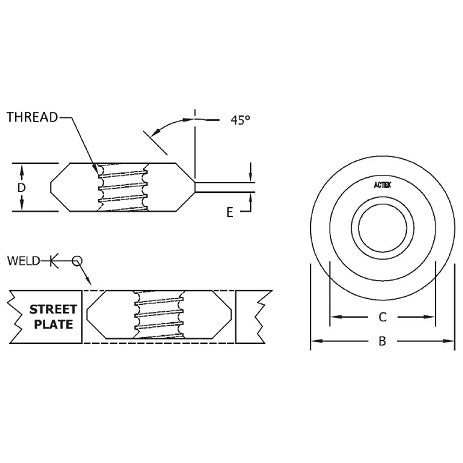Nige
Senior Member
It is important to consider that most excavators do not have the necessary load check valves in the boom and stick cylinders to block oil flow when the controls are in neutral. That is the main difference between an excavator and a hydraulic crane that is technically considered to be a lifting appliance and rated as such.The manufacturers should sell the hooks as accessories, the excavator must be versatile in quarries and construction sites, in case of urgent needs mount the suitable hook safely and carry out the work,
When lifting with an excavator generally the only thing that is supporting the load are the spools in the main control valve. Any failure of a hose or steel line between one of the cylinders and the control valve will result in the load falling to the ground in an uncontrolled manner, potentially with fatal consequences to any person who might be near the load.
AFAIK this is the main reason why in general excavator manufacturers do not make it so easy to lift with one of their machines.

